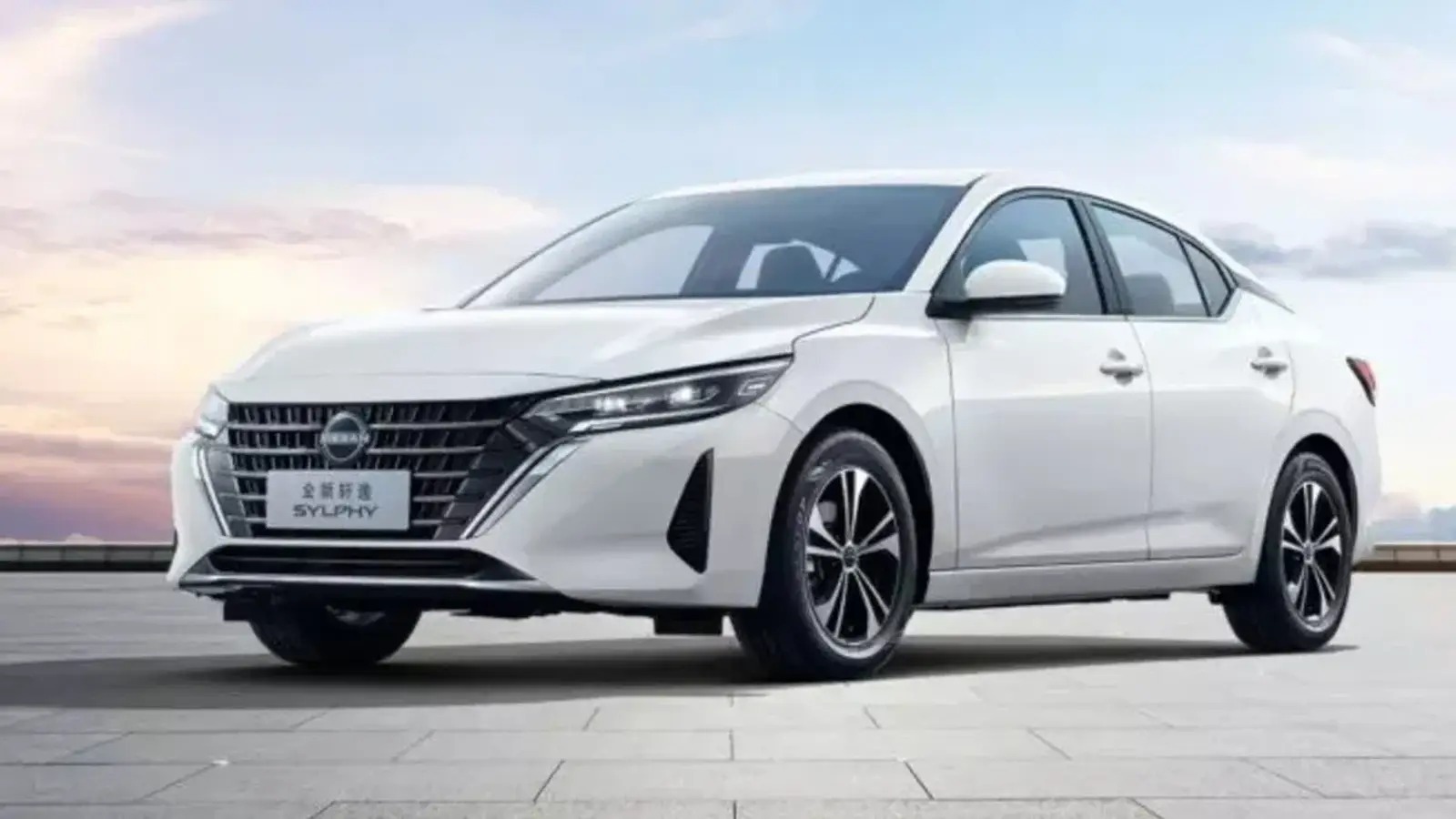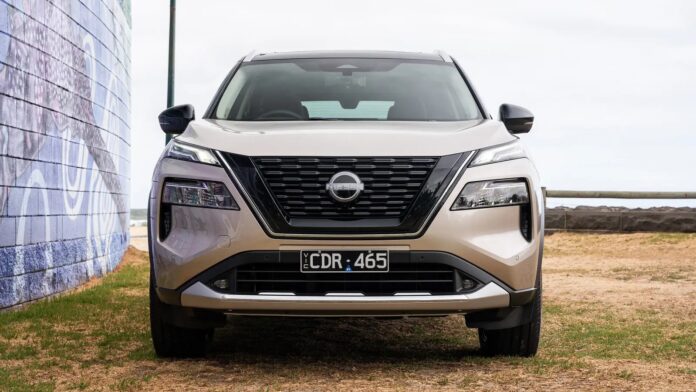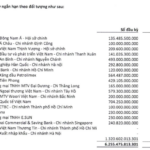Last month, Nissan’s CEO confirmed that the company is operating in a “critical condition” as sales in major markets have seen a significant decline, resulting in severe financial losses. Emergency measures have been proposed, including salary reductions for executives, workforce cuts, and global production adjustments.
But is Nissan truly in as dire a situation as the leadership portrays, or is this an exaggeration? Is it true that the 110-year-old automaker (with the first car produced in 1914) only has between 12 and 14 months to turn things around?

Since November, Nissan has activated an emergency operating status as its profits plummeted to alarming levels in 2024. Image: Nissan
Firstly, the 12 to 14-month timeframe mentioned by Nissan’s leadership likely refers to the company’s 2026 bond maturity. At that time, Nissan will owe $5.6 billion – the largest debt in its history. In 2025, the company will also need to repay $1.6 billion (approximately 40 trillion VND) from the same source.
Back in 1999, when the Renault-Nissan alliance was formed, the Japanese brand was also heavily in debt and had to reduce its global workforce by 14% (over 21,000 people). The person who steered Nissan out of that crisis was the former Renault-Nissan chairman, Carlos Ghosn. Ironically, he is now their biggest enemy, facing charges of misusing company funds.

Nissan’s issues stem partly from a lack of “anchor” models in various regions that can consistently drive sales. Image: Drive
Fast forward to 2024, and Nissan’s profits have plummeted by 304%, forcing the company to cut 9,000 jobs worldwide and sell part of its Mitsubishi stake. However, Nissan’s situation is not yet extremely dire.
In the US, Nissan boasts one of the top 10 best-selling vehicles (Nissan Rogue/X-Trail – ranked 9th) with 189,156 units sold as of Q3. Their Q3 sales declined by 9.4%, compared to an 8% drop for Toyota and a 7% drop for Kia. Nonetheless, their year-to-date sales have only decreased slightly (by 1%).

Nissan is seeking investment partners to improve its situation, and Honda has emerged as a strong candidate. Image: Nissan
Nissan’s more significant problem lies in China. A 14.3% sales drop in September is not easily digestible. And the situation is even worse when considering the year-to-date results, with a 26.1% decline. It’s worth mentioning that Nissan’s decline comes even as they have the fourth best-selling model in China (Nissan Sylphy).
In reality, it’s not just Nissan, but all Japanese automakers are facing challenges in China. They, along with other Japanese brands, have been losing market share to Chinese competitors, having lost 8.8% of their market share in the past five years.

While the Sylphy is China’s best-selling sedan (only surpassed by three electric vehicles), it hasn’t been enough to prevent Nissan’s struggles. Image: Nissan
Nissan’s decline can be partly attributed to an aging and lackluster model lineup. The absence of the e-Power hybrid technology in many of their models has caused customers to turn to other, more diverse options.
If Nissan aims to improve its financial situation, apart from seeking new strategic partners and investors, the company should also reassess its model lineup in each region to introduce more suitable vehicles.

Nissan needs to introduce trendier models and special editions to attract customers. Image: Nissan
For instance, in Europe, Nissan has two large SUVs, the Juke and Qashqai, which are their main sales drivers. Consequently, their performance in this region is significantly better than in the rest of the world (and their own performance in other major regions). They achieved a 0.8% growth in Europe, while the overall market declined by 6.1%.
What is the Outstanding Bond Debt of Dau Tu Hai Phat?
“In a strategic move, Hai Phat Investment has just acquired over VND 53.8 billion worth of HPXH2123008 bonds, boosting the outstanding value of this bond series to a substantial VND 100 billion. This bold action underscores the company’s financial prowess and forward-thinking strategy.”
“Steady Credit Growth, VPBank’s 9-Month Profit Surges 67% Year-on-Year”
As of the third quarter of 2024, VPBank has recorded a remarkable performance with a consolidated pre-tax profit increase of over 67% year-on-year, thanks to the contributions of its comprehensive ecosystem. The bank has maintained stable credit growth, enhanced debt recovery activities, and continued to tightly control asset quality.





















